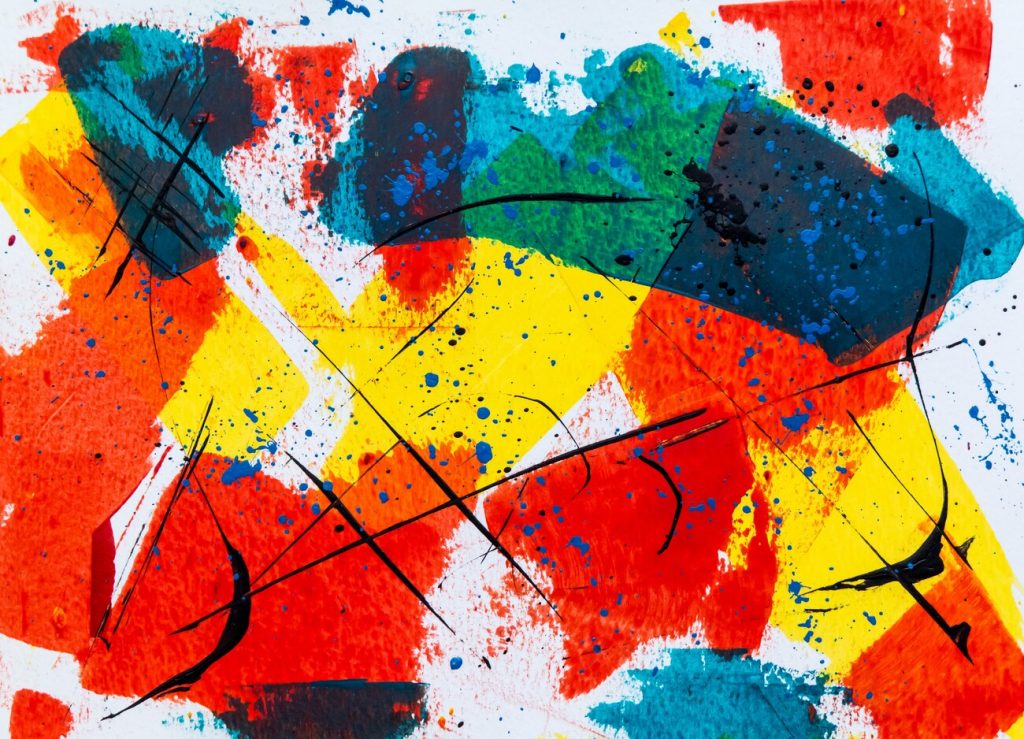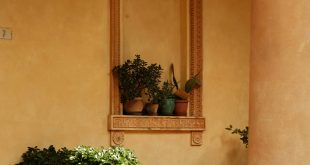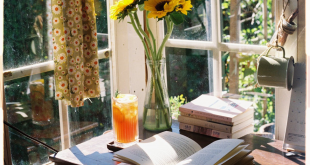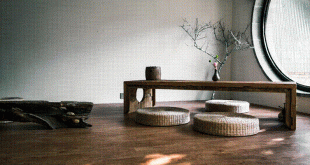Art is a popular way to tie a room together. Millennials in particular have become enthusiastic art collectors—they buy more art than any other generation. But what if you’re an artist and want to share your art with others? How can you make copies of your work while maintaining the quality of each piece?
The answer is fine art printing. Keep reading to learn everything you need to know about custom fine art printing.

What Is Fine Art Printing?
To be considered a fine art print, the work must be printed on acid-free material and use high-quality ink. This is different from digital printing (a more common form of printing), because digital printing uses less expensive ink and a wider range of printing materials.
Giclee is considered the standard form of fine art printing.
What Is Giclee Printing?
Giclee is French for “to spray,” which is how the giclee printers transfer the image from the computer to the material. This style of printing goes by many names, but the most common are archival pigment print, digital pigment print, and archival inkjet print.
A giclee print uses a special printer that sprays pigment-based ink with precision.
By using pigment-based ink and the giclee technique, prints become “archival” quality, meaning they last a long time. Many galleries prefer using giclee for custom fine art printing because the prints last for decades.
Pigment-based ink is important because it sits on top of the material instead of getting absorbed. This helps the colors stay the same as the original source, makes the art more resistant to fading, and gives the piece a consistent look across different materials and lighting.
What Is Digital Printing?
The big difference between giclee printing and digital printing is that digital printing uses dye-based inks.
Dye-based inks get absorbed into the material instead of sitting on top, which makes the print more vulnerable to fading. Digital printing is more common than giclee because it’s not as expensive, making it more accessible to artists on a budget. It also offers more of a color spectrum than pigments.
Which Style of Printing Is Best?
There technically isn’t a “best way” to print art, as it all depends on an artist’s preference and particular circumstance. Giclee is the best choice if you’re looking to print on a variety of materials, as giclee will stay consistent across all mediums. It also lasts longer. However, if budget is a concern, you may want to start with digital printing and then use a portion of your profits to upgrade to giclee.
How to Make Fine Art Prints
Turning art into accessible prints is easier than you might expect. You could learn how to print your art prints yourself, or find a good company that offers quality printing.
Taking a clear photo of your art is crucial to getting a high-quality print. Then it’s a matter of choosing the right type of paper to print on, and selecting the printing company you’d like to have print it (or purchase your own printer and print it yourself).
Printing Material: Which One Should You Choose?
While paper is a common choice, you’ll need to decide between gloss and matte. Below, we detail a few of the most popular printing options so you can determine which style will work best for your project.
Gloss Paper
Gloss paper features a glossy sheen. It’s perfect for photos and some digital illustrations.
You shouldn’t use gloss paper for paintings, because the gloss will affect how the colors look and make your painting look flat.
Matte Paper
Matte paper is paper without any shine to it. Matte is great for bringing out colors—both bright and dark—and is ideal for showing off different textures within a print.
It works for all types of artwork, including photography.
Canvas
Canvas is made of fabric, usually cotton or linen, and is wrapped around a wooden frame. It’s ideal for recreating the feel of an original painting since paintings are commonly created on canvas. The texture of the canvas will bring out the textures of your art.
Because it’s lightweight, canvas works well for large pieces of art.
Photos don’t work well on canvas because of the texture of the fabric. The texture can alter or even hide small details within the photo.
Metal
Printing technology has advanced enough that you can print art on metal with ease. The most common type of metal used is aluminum.
Metal is great for showing off colors and details, making it perfect for photos or illustrations. Metal also doesn’t require a frame and is scratch-resistant.
Acrylic Mount
Acrylic is like canvas and glossy paper combined. You get a high gloss image that has a thickness similar to a canvas. It allows you to create a glossy image without needing a frame.
Acrylic works well for photos and digital illustrations, but not for paintings due to its smooth finish.
Custom Fine Art Printing: Perfect for Art Lovers Everywhere
While creating art can be difficult, printing your art doesn’t have to be. Whether you decide to do it yourself or use a company that specializes in fine art printing, it’s possible to make high-quality copies of your artwork that can be enjoyed for years to come.
 World inside pictures Collect and share the best ideas that make our life easier
World inside pictures Collect and share the best ideas that make our life easier








